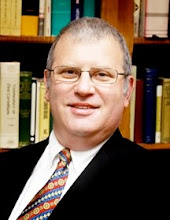We covered the practice of hesychastic prayer, from hesychasm, an Eastern Orthodox method of contemplation developed by Gregory of Palamas in class recently. The prayer “Lord Jesus Christ, Son of God, have mercy on me, a sinner,” is repeated over and over in a rhythm of breathing and meditation in order to arrive at communion with God.
This is the basis for the practice, a drawing into self for deep reflective, contemplative prayer. But I must admit, that what confuses is the following:
The warning against meaningless repetition makes me wary of the repetitive nature of hesychastic prayer.
Bottom line, I do not know enough about either the practice or the hearts of those who practice it to be in a position opine about whether doing it is being obedient to the commands of our Lord.
But it does raise some questions that I think we can address:

6"But you, when you pray, go into your inner room, close your door and pray to your Father who is in secret, and your Father who sees what is done in secret will reward you.
Matthew 6:6 (NASB)
This is the basis for the practice, a drawing into self for deep reflective, contemplative prayer. But I must admit, that what confuses is the following:
7"And when you are praying, do not use meaningless repetition as the Gentiles do, for they suppose that they will be heard for their many words.
Matthew 6:7 (NASB)
The warning against meaningless repetition makes me wary of the repetitive nature of hesychastic prayer.
Bottom line, I do not know enough about either the practice or the hearts of those who practice it to be in a position opine about whether doing it is being obedient to the commands of our Lord.
But it does raise some questions that I think we can address:
- How do you approach deity in prayer?
- What does prayer mean to you?
- Do you have a formula that you feel works well and is approrpriately respectful of what is transpiring when you pray?


toolspot nice post
ReplyDelete